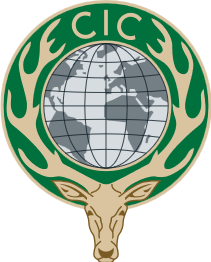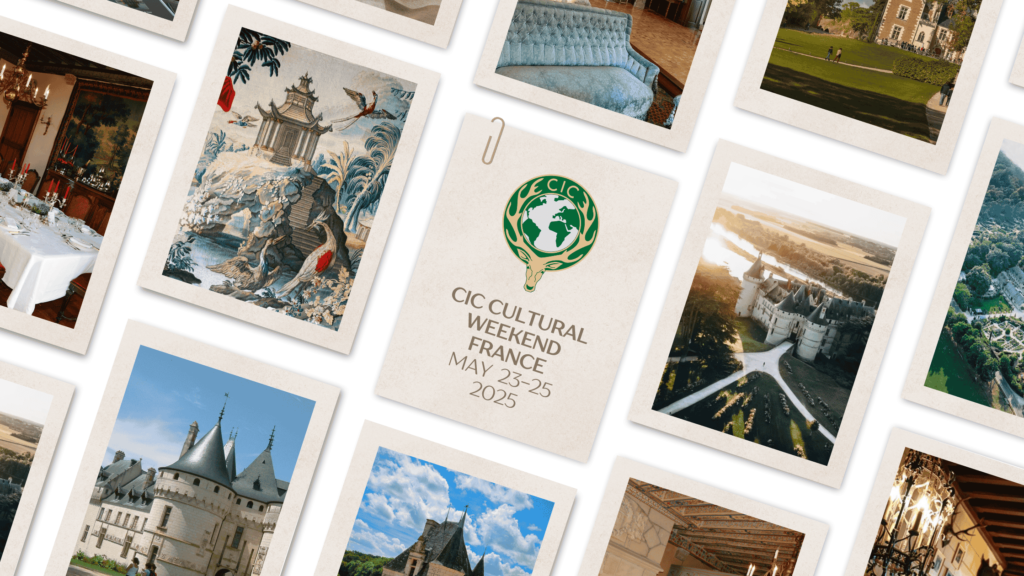Home » News & Press » Technical Session I: Wildlife Management in the Baltic Region
Facebook
X
LinkedIn




